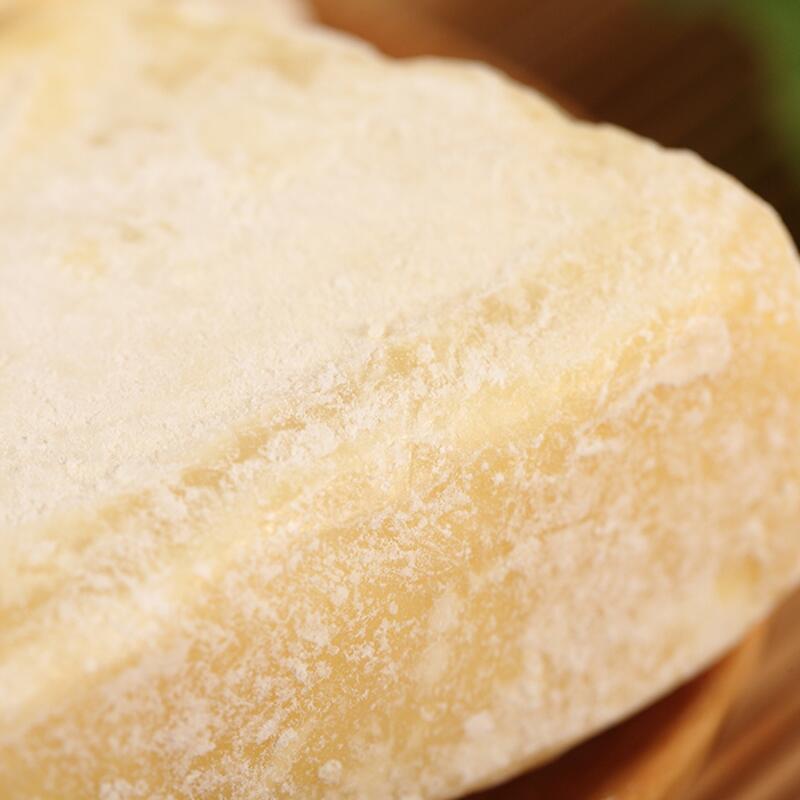-
Categories
-
Pharmaceutical Intermediates
-
Active Pharmaceutical Ingredients
-
Food Additives
- Industrial Coatings
- Agrochemicals
- Dyes and Pigments
- Surfactant
- Flavors and Fragrances
- Chemical Reagents
- Catalyst and Auxiliary
- Natural Products
- Inorganic Chemistry
-
Organic Chemistry
-
Biochemical Engineering
- Analytical Chemistry
-
Cosmetic Ingredient
- Water Treatment Chemical
-
Pharmaceutical Intermediates
Promotion
ECHEMI Mall
Wholesale
Weekly Price
Exhibition
News
-
Trade Service
S.
pollock fishing quota is expected to increase
further.
The North Pacific Fisheries Management Council (NPFMC) recommended that the U.
S.
Department of Commerce set the Alaska pollock catch (TAC) at 1.
321 million tonnes next year, a 16.
7%
increase from 2022.
NPFMC recommends that the East Bering Sea pollock TAC be set at 1.
3 million tons next year, an increase of 17% over 2022; Gulf of Alaska pollock TAC set at 19,000 tons, unchanged from 2022; The total quota for the Bogoslof region was set at 250 tons
, unchanged.
3 million tons next year, an increase of 17% over 2022; Gulf of Alaska pollock TAC set at 19,000 tons, unchanged from 2022; The total quota for the Bogoslof region was set at 250 tons
, unchanged.
On December 11, the NPFMC met in Anchorage, Alaska, to appropriately increase next year's catch quota, i.
e.
, an increase of 17%
over 2022 (1.
11 million tonnes), based on the advisory panel's previous recommendation that the total quota should not exceed 1.
91 million tons.
e.
, an increase of 17%
over 2022 (1.
11 million tonnes), based on the advisory panel's previous recommendation that the total quota should not exceed 1.
91 million tons.
In October, Jim Ianelli, a senior biologist at the National Oceanic and Atmospheric Administration (NOAA), told UCN that according to data screened by the research team, the East Bering Sea pollock TAC matched the real biomass last year because the latest data showed that the biomass of the East Bering Sea pollock this year was seriously underestimated
.
.
Researchers in the U.
S.
estimate pollock biomass each year, and NPFMC obtains data from Ianelli and other researchers to develop
models for the next year's quota.
All of this work will eventually be on the agenda for the December meeting, and NPFMC will propose quotas to the U.
S.
Department of Commerce for the next year, which is normally adopted by the government
.
S.
estimate pollock biomass each year, and NPFMC obtains data from Ianelli and other researchers to develop
models for the next year's quota.
All of this work will eventually be on the agenda for the December meeting, and NPFMC will propose quotas to the U.
S.
Department of Commerce for the next year, which is normally adopted by the government
.







